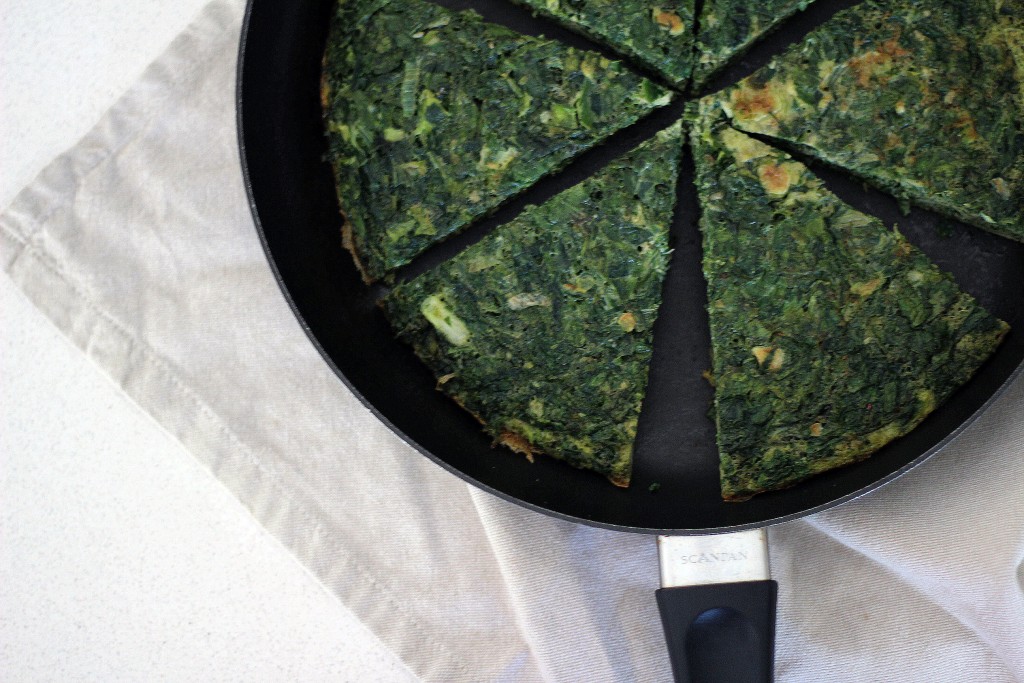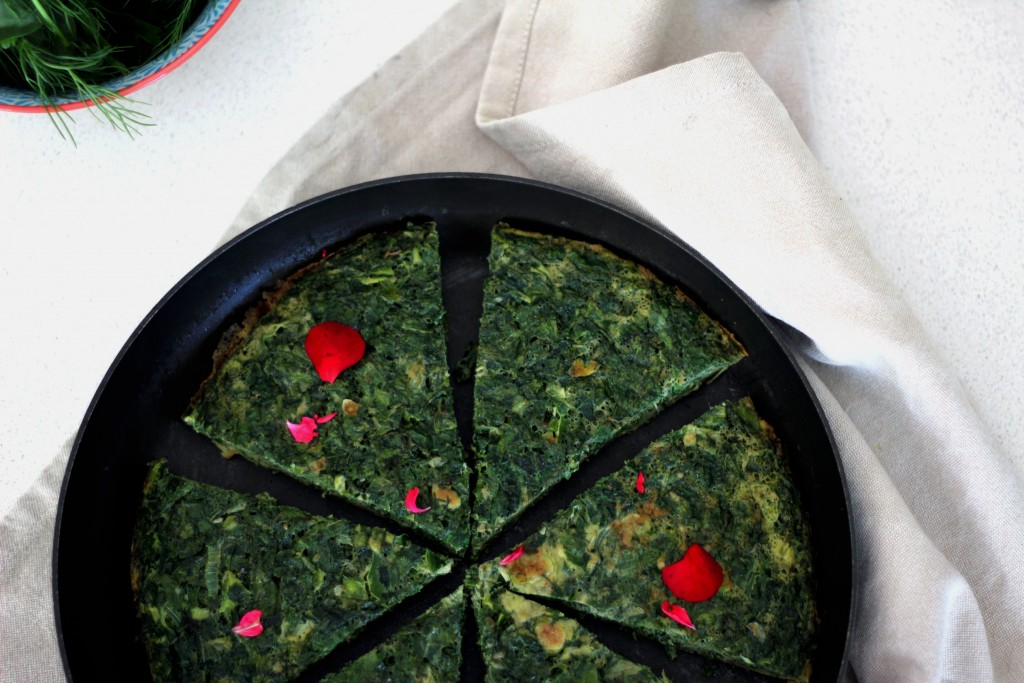There’s a lot of dancing in my family, but none quite like the verbal dance of taarof.
So, what is taarof and what does it mean in Persian culture? Maman’s Kitchen explains.
Say, you’re at your aunt’s house (she’s Iranian, by the way) and she offers you a second serving of sweets and tea. You really want some but you reply with a polite, no. She offers again, and you decline once more. On the third try, she insists, this time making reference to your “skin and bones”. But again you politely say, really, I couldn’t. So, she kicks you out of her house.
Just kidding! No, in fact you would go on like this, back and forth, until finally you accept the offer for more sweets, which is what you wanted in the first place. This is taarof. Exhausting, right?
It’s a peculiar concept to grasp, at first. Especially for non-Iranians. If this was an Aussie aunt, for example, she probably would have kicked you out for wasting her bloody time!
In Iranian households, however, taarof is a matter of etiquette. It usually occurs when there is an offer of food, as in the scenario described earlier; or in tricky money situations, for example when settling a restaurant bill.
I like to think of taarof as a genteel dance set to the tune of Persian etiquette. The manner in which Persians show politeness and humility.
Sometimes it can be hard to distinguish between genuine and fake taarof. So then you start experiencing awkward taarof. This is especially true when you’re the only Persian among a group of Aussie friends:
Waiter arrives with the bill
Me: Oh, I’ll get it. My treat.
Friend: OK.
Me: *Crap*.
Deciding who gets the bigger room when moving in with a group of Uni friends
Friend: Maybe I’ll take the smaller room.
Me: Are you sure? I mean, I could take it.
Friend: OK, thanks.
Me: *Damn*.
There are times when even my mum can’t tell the difference between genuine and fake taarof. For example, when I’m really full and don’t want to take her up on an offer for more food. It’s not taarof, I’ll bark back after her third offer for more fruit.
With Persian New Year (Norooz) only two months away, I expect to see a lot more of my Persian relatives and friends, and I will undoubtedly witness a lot of taarof. Taarof when offered dessert and tea. Taarof when it’s time for a second serving of traditional New Year dishes like Sabzi Polow and Kuku Sabzi (recipe below). And taarof when arguing over who should wash the dishes.
Persian herb frittata recipe (kuku sabzi)

Persian herb frittata recipe (kuku sabzi)
Kuku sabzi is a very hard dish to turn down. It’s a Persian-style frittata laden with fresh herbs and spinach, which when cooked in the pan gives off an unmistakable alluring aroma that always leaves you wanting more. It’s a dish that will be prepared and served across millions of households around the world this weekend in celebration of Persian New Year (Norooz).
Serves 3-4
Vegetarian, Dairy-free
Ingredients
1 bunch parsley
1 bunch coriander
1 bunch dill
1/2 bunch spinach
1 bunch chives or 3 shallots
6 eggs
1 clove garlic, crushed
1tbs flour
1tsp baking powder
3tbs oil
1tsp salt
1/2tsp black pepper
Method
1. Chop all the herbs and spinach.
2. In a large bowl, beat the eggs and mix in the crushed garlic.
3. Add the chopped herbs, flour, baking powder, salt and pepper. Mix all ingredients well.
4. Heat 2tbs of oil in a non-stick frypan. Pour in the mixture evenly into the pan, flattening it with the back of a spoon. Cover and cook over low heat for 10mins until the eggs set.
5. Remove from heat, and flip the frittata over onto a large plate. Add 1tbs oil to the pan, and return the frittata to the pan to cook the other side, uncovered for 5mins.
6. Remove from heat, and cut into triangle pieces to serve.


HAVE YOU SUBSCRIBED TO OUR FREE NEWSLETTER YET?
SIGN UP TODAY FOR SNEAK PEEKS & DELICIOUS RECIPE IDEAS DELIVERED STRAIGHT TO YOUR INBOX.





No Comments